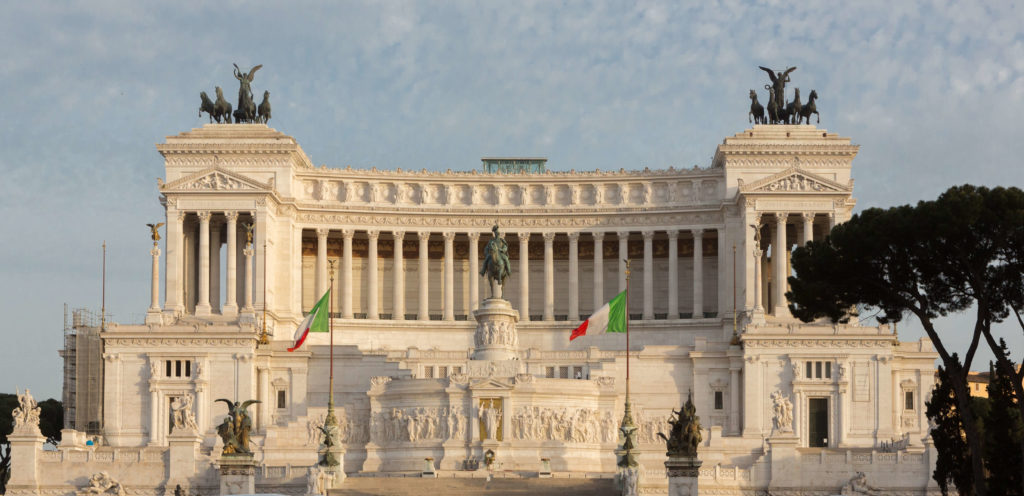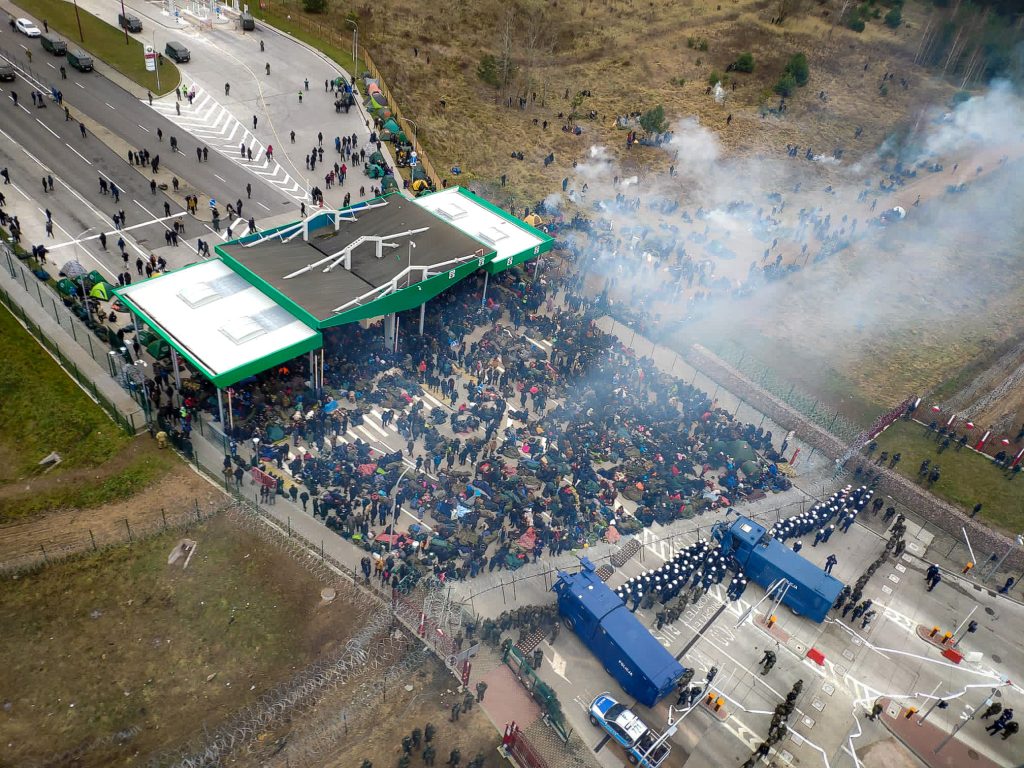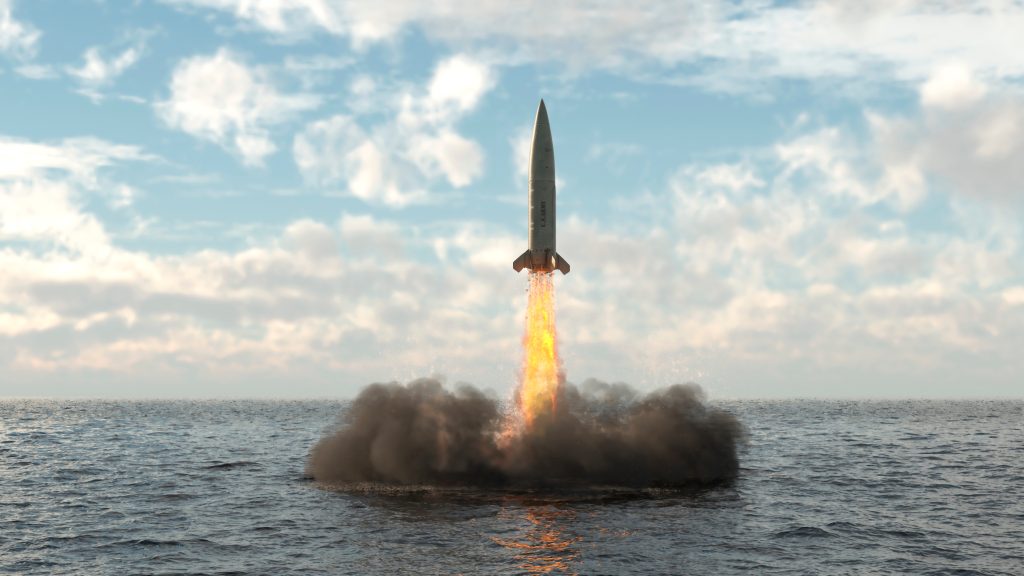Home > The Three Seas Initiative (I3M): a Union within the Union?
In recent years, with the tensions remaining between the European institutions, media coverage routinely reports on the different partnerships between Eastern European countries such as the Visegrád Group of Poland, Slovakia, the Czech Republic and Hungary[1]. However, there is another, much less publicised partnership involving Eastern European countries: the Three Seas Initiative (TSI).
Formed in 2015 by Polish President Andrzej Duda and his then Croatian counterpart, Kolinda Grabar-Kitarović[2]Like the Visegrád countries, the Initiative brings together the three Baltic countries (Estonia, Latvia, Lithuania), Romania, Bulgaria, Austria, Slovenia and Croatia.[3].
At the first summit in Dubrovnik in 2016, the 12 leaders of the member countries adopted a Joint Declaration on "Cooperation in the fields of energy, transport, digital and economy"[4]. As President Duda pointed out, the Initiative is "about Central European regional cooperation on concrete projects, carried out within the framework of the EU and contributing to greater cohesion and regional development of the Union".[5].
However, since former US President Donald Trump's visit to Warsaw on the occasion of the second Three Seas Initiative summit (2017), the leaders have increased their cooperation on energy and defence sectors[6]. Indeed, they are banking on a stronger integration of the region in energy matters (particularly for gas) with a growing presence of the United States in the global liquefied gas market (LNG). This, in the context of the Nord Stream 2 pipeline, does not reassure Eastern Europe, and pushes for a diversification of energy supplies[7]. In addition, at the Warsaw summit, former Croatian President Grabar-Kitarović announced an expert preparation of 157 energy, transport and telecommunication infrastructure projects, worth about EUR 50 billion. These projects include the North-South gas corridor connecting the Baltic to the Adriatic, in which the Polish terminal in Świnoujście will be connected to the Croatian terminal on the island of Krk (under construction), as well as the gas inter-connectors between Poland, Slovakia, the Czech Republic, a branch of which connects Hungary[8]. Officials are currently working on the Baltic Pipe pipeline, which would allow gas to be supplied to Central Europe from Norway (via Denmark) from the LNG terminal in Świnoujście[9].
Other road and rail infrastructure projects are also underway, such as the Via Carpatia and Rail Baltica[10]. The Via Carpatia is to link the Lithuanian port city of Klaipėda (Baltic Sea) to Thessaloniki (Aegean Sea) via Slovakia, Hungary, Romania and Bulgaria, while the Rail Baltica aims to link Warsaw to Tallinn and even Helsinki via Lithuania and Latvia[11].
Finally, at the summit in Ljubljana (Slovenia) in June 2019, two Polish and Romanian investment banks announced the creation of a Three Seas Initiative Investment Fund, in which 9 of the 12 countries are currently participating, in parallel with the European programmes[12]. The fund is estimated at just over €1.2 billion (including €750 million from Poland) and should eventually reach €5 billion with contributions from I3M member countries, international financial institutions and private institutional investors[13].
In September 2019, the presidents of the financial centres of the Visegrád Group countries (V4: Poland, Czech Republic, Slovakia and Hungary) and three other countries of the Three Seas Initiative (Romania, Croatia and Slovenia) announced their intention to create a common stock exchange index, the CEEplus[14].
The Three Seas Initiative is therefore a Union within the Union in that it works for better North-South connections, not just West-East as has traditionally been the case. In parallel to the European Union, it is working for a deeper socio-economic development of the Central and Eastern European countries. Indeed, according to statistical data, the 12 member countries represent 30 % of the EU's surface, 25 % of its population, and almost 20 % of its GDP[15].
German President Steinmeier recently underlined the importance of this Initiative, supporting its further Europeanisation ("to become part of European policies and investment instruments") on the occasion of the last summit held in Sofia (Bulgaria) in July 2021[16]. Moreover, the European Commission remains a major contributor to infrastructure investments in the I3M countries, from the Adriatic to the Baltic and the Black Sea[17].
Apart from Germany and the United States, many countries were invited to the I3M summits, such as Greece and Japan[18]. The Initiative also has geopolitical plans to consolidate American and European influence against that of Russia and China[19]. This importance comes at a time when European leaders are mobilising, following the destabilisation of Ukraine (Crimea, Donbass)[20]for a military reinforcement of NATO's eastern flank. While the Initiative's leaders are also working to compete with the Belt Road Initiative developed by China[21].
© 2022 All rights reserved by BRAUN



